As a five-year-old kid I had an unusual request for a pet. Most children ask for a puppy, a kitten or a melodious bird perhaps but I wanted a baby elephant. My mother tells me that I had been watching the Discovery Channel and didn’t want to let go of the idea of having a baby elephant in our house.
So of course when I learnt of Vatsala, possibly the oldest female elephant in India and maybe even the world, I revisited my love for elephants.
These smart, social, intelligent beings have similar emotional reactions to human beings where they are protective of their herd, can throw fierce tantrums or even mourn the death of their loved ones.
Vatsala, who lives deep in the heart of Madhya Pradesh in the Panna Tiger Reserve, is like any other doting human grandmother despite not having given birth at the reserve.
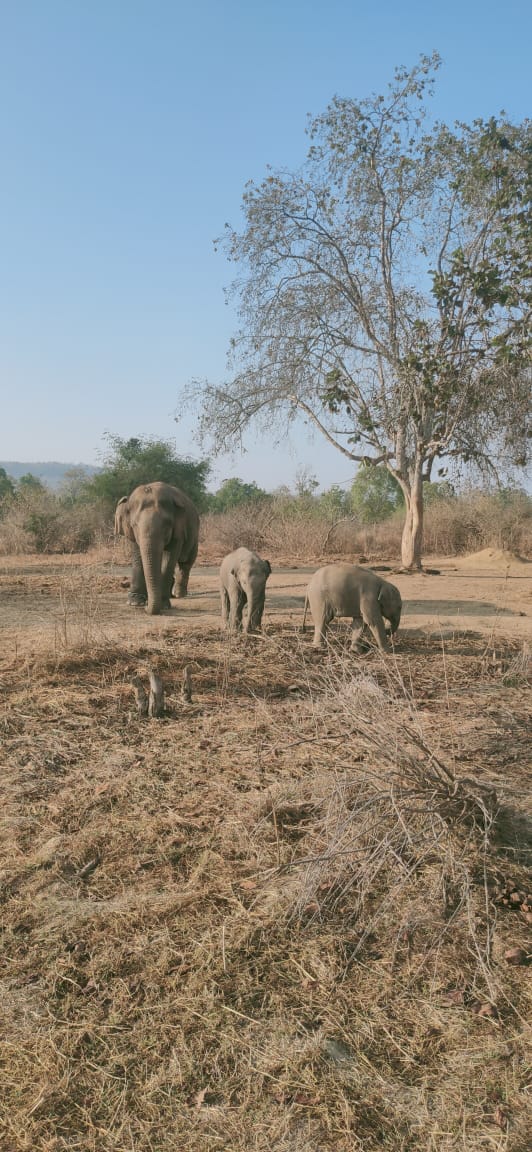
The folk at the reserve believe she is the oldest living elephant in the world though there is some debate about her age.
Dr Sanjiv Gupta, a wildlife veterinarian at the reserve for the past 21 years says, “I cannot confirm her exact age because we don’t have her birth report but she might be between 90 and 100 years of age. Age estimation in animals is done by looking at their teeth but Vatsala has none. Elephants lose their teeth at around the age of 70, and for the past 20 years I’ve noticed that she doesn’t have teeth.”
It is for this lack of proof that he says Vatsala hasn’t featured in any of the world records.
Apart from her age, what strikes you about Vatsala is her long trunk, which is greater than her height, causing it to be dragged on the ground. An article by Hindu Businessline called her ‘the elephant with five legs’.
Her wrinkled skin and tough exterior is testimony to her years of being a logger in the Bori sanctuary, Hoshangabad district, in the ’70s. And though she is partially blind today due to her cataract, as the oldest matriarch at the reserve, she acts as a midwife to the other elephants.
An Elephant Wet Nurse
“She is calm and quiet and assists as a Nani Ma (grandmother) and as a midwife to other elephant calves birthed at the reserve,” says Dr Sanjiv, adding that Vatsala was brought to the reserve in 1992 and used to ferry tourists around the reserve until 2003 when she was officially retired.
He further adds, “Whichever elephants are about to deliver at the reserve, we leave them with her. She also takes care of the weaning process in young ones.”
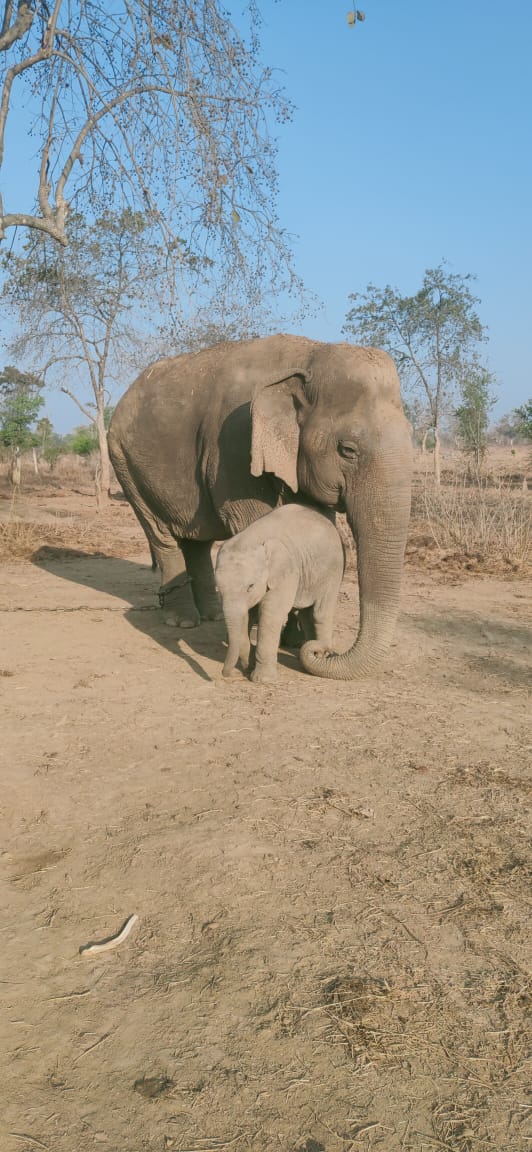
Hoping to get a better understanding, when I mention ‘elephant midwife’ to 20-year-researcher at Nature Conservation Foundation (NCF), Anand Kumar, his ears prick up.
“This is a very human construct. Though there are cases of allomothering where if a mother elephant has a calf, her sister is likely to look after that calf too. In these cases, the two are genetically related to each other. This doesn’t mean that other female elephants don’t care about the calves in the herd. I’ve seen abandoned elephant calves being cared for by other females in the herd.”
He adds, “When predators or people are close, it is mostly the adult females who protect the young in the herd.”
The oldest female plays an important role in the upbringing of calves, he says, but her role depends on the herd. “When elephants give birth, the calves need to sometimes be rescued by other elephants while the mother remains with the herd. When an elephant reaches post-menopause stage, we have seen stray cases where they live their lives in solitary,” says the researcher on elephant behaviour and reducing human conflict.
The weaning process, where the young elephant is no longer dependent on their mother’s milk, happens when the calf turns one and it is a gradual process, he says.
Dr Sanjiv mentions, “In the wild, the senior most matriarch becomes a midwife to the others. We followed the same protocol for elephants at the reserve.”
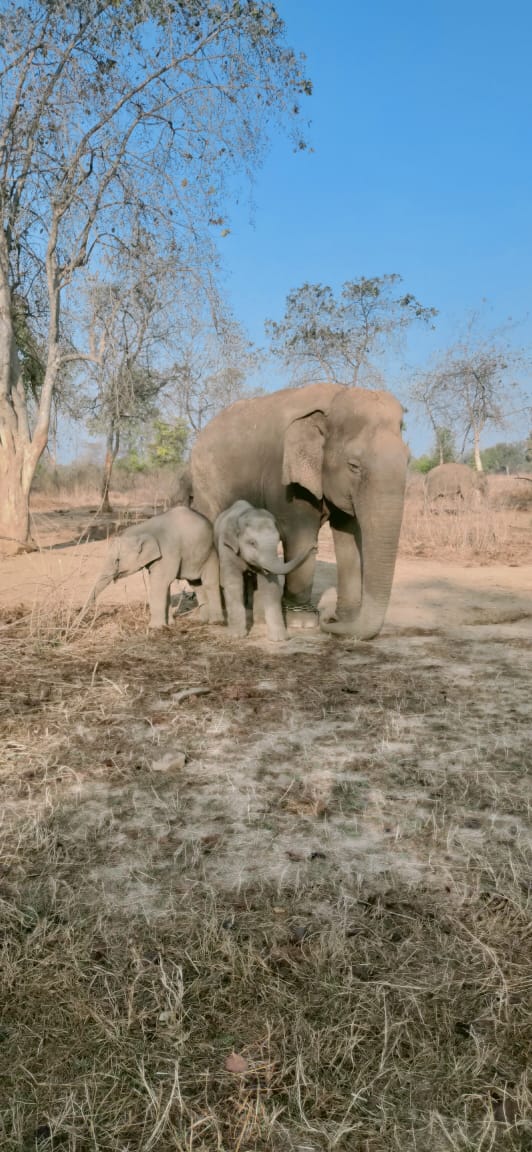
Recalling the first-ever instance of Vatsala being a midwife, the 48-year-old adds, “In 2001, there were three elephants — Rambahadur, Gangamati and her calf Mohankali, brought to our reserve from Sanjay Tiger Reserve. Mohankali used to play with Vatsala. She was the one who weaned her and from then on all the calves have been weaned by the help of Vatsala.”
She has assisted in at least 12 elephant births since then.
“She plays with the baby calves, she doesn’t allow new people near the calves and even though her mammary glands are dried up, she allows the tiny calves to suckle on them,” he says, adding, “She now has cataract and is partially blind so now her grandkids help her walk in the jungle.”
Life at the reserve
Every day, Vatsala wakes up early at around 5 am for a walk in the jungle which is assisted by her ‘grandkids’. When she returns in the evening, she is given a bath in the lake and is fed a special meal after which she is tied up for the night.
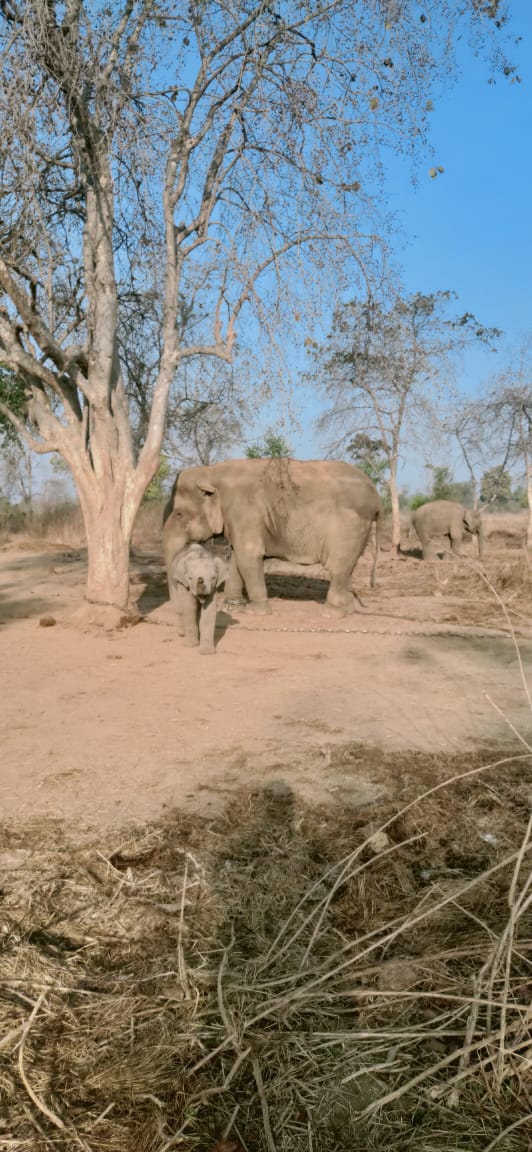
Born in the Nilambur forest division, her year of birth yet unknown, after a few years Vatsala was brought to Bori where she was a logger for nearly two decades. Carrying logs from deep inside the forest caused the muscles in her trunk to relax. She was brought to Panna Tiger Reserve in 1992.
But Vatsala has not always been the epitome of poise and calm that she is today.
“I was posted in Panna Tiger Reserve as a wildlife veterinarian in the early 2000s, which is when I first met Vatsala. In March 2003, Rambahadur, a male elephant at the reserve, during a musth—an annual aggravated behaviour occurring in male animals—attacked her stomach which tore, causing her intestines to come out. I had to sew her up with nearly 250 stitches,” he says, adding, “The wound became septic for which we had to treat her for one to two hours for nine months.”
In 2008, during another musth episode, Rambahadur stabbed Vatsala with his tusk. This was another six months of treatment.
Today, her digestive system is rather weak so Dr Sanjiv says they give her a special diet with medicines. “It is a mix of bulgar, jaggery and chopped up bamboo all made into a ladoo,” he says.
Along with the two mahouts and two caretakers allotted to Vatsala, eye surgeons make regular visits to the reserve for her cataract progress. But the ones guiding her every step of the way on her long walks in the jungles of Madhya Pradesh are the young calves in the herd who refuse to leave her side.
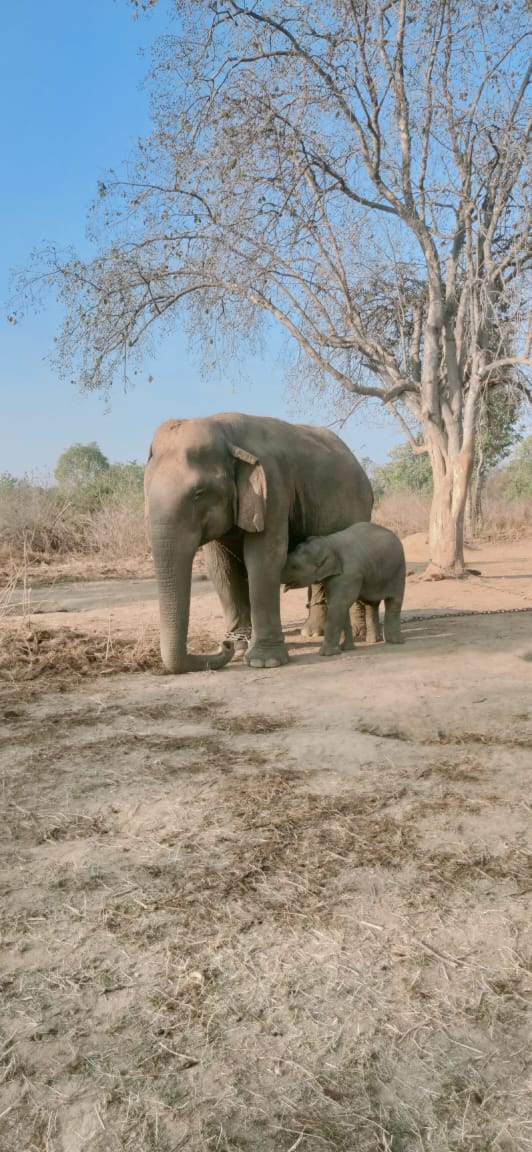
(Edited by Vinayak Hegde)
No comments:
Post a Comment